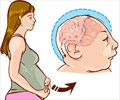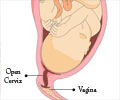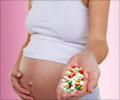
Sperm cells and those from elsewhere in the body will stop dividing until chromosomes are properly lined up.
The problem is particularly acute in older women.
"We think that by the time a woman is in her 40s, about half the eggs she's ovulating are probably chromosomally abnormal. And for women in their 20s, it's probably about 10 percent. So it's a huge change," said Pat Hunt, a professor of molecular biosciences.
Just why age would have such a powerful effect on an egg is still unclear, "but it does provide us some good basic knowledge that allows us to understand why in fact the egg is so different," said Hunt
The researchers set up the conditions for improper cell division using a model mouse cell.
Advertisement
The team focused on the meiotic spindle, a structure that separates and aligns chromosomes before cell division. In most cells, the so-called Spindle Assembly Checkpoint will keep a cell from dividing if all the chromosomes aren't in their place.
Advertisement
"Quite surprisingly, however, eggs seem to bend the rules, allowing the division to occur when most-but not all-chromosomes are properly positioned," she said.
"This difference in cell cycle control provides an explanation for the high error rate in human eggs," Hunt added.
The study will appear in the upcoming issue of the journal Current Biology.
Source-ANI














